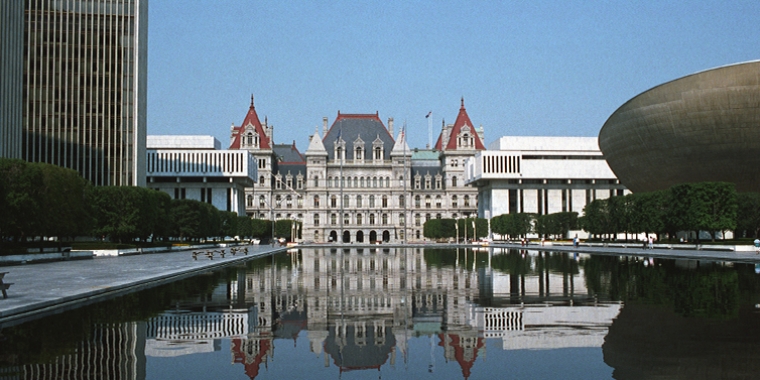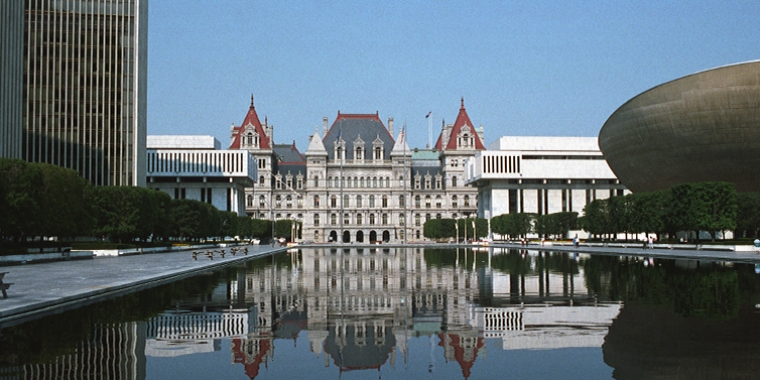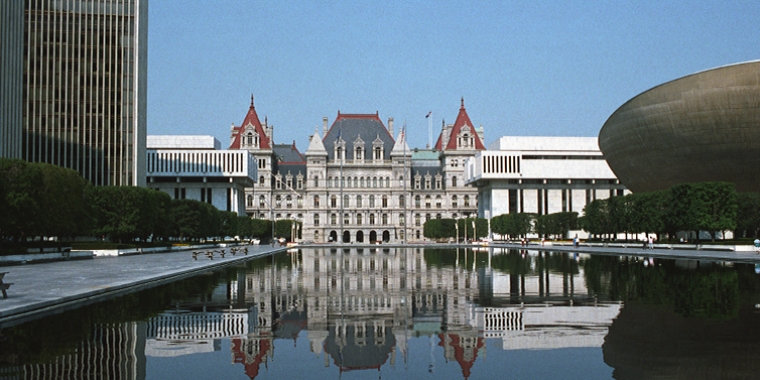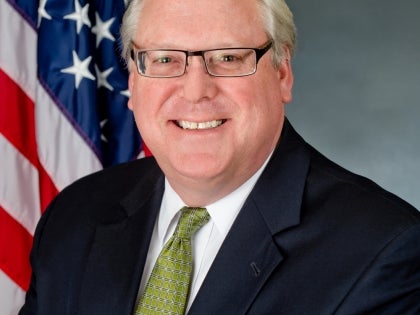
Senate approves legislation co-sponsored by O'Mara to make the local property tax cap permanent; O’Mara also calls on Governor Cuomo to get behind more significant mandate relief
January 31, 2017
-
ISSUE:
- property taxes
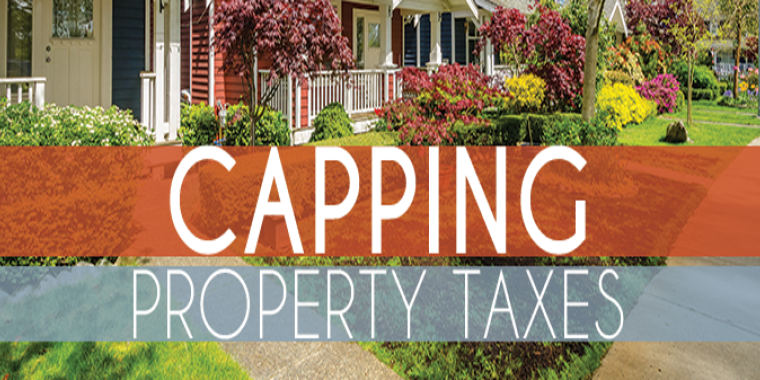
Elmira, N.Y., January 31—The State Senate has approved legislation (S1207) co-sponsored by Senator Tom O’Mara (R,C,I-Big Flats) to make permanent the current two-percent cap on local property tax increases.
The Senate approved the legislation late yesterday with strong, bipartisan support by a vote of 52 to 9.
At the same time, O’Mara again urged the state to take additional steps to begin living up to the promise Governor Cuomo originally made in 2011, when the property tax cap was enacted, that it would go hand in hand with providing municipalities and school districts with broad-based, meaningful relief from unfunded state mandates.
“Make no mistake, the property tax cap has been successful and provided local property taxpayers with billions of dollars in savings over the past several years. It should be made permanent,” said O’Mara, noting estimates showing that the cap has provided savings of more than $15 billion since 2012. Add to this the fact that the state’s self-imposed, two-percent spending cap — which the Senate earlier this year also acted to make permanent — has produced an additional $31 billion in taxpayer savings.
The tax cap limits the annual growth of property taxes levied by local governments and school districts to two percent or the rate of inflation, whichever is less. By remaining within the cap, taxpayers statewide – outside of New York City – have saved $15.5 billion over the last five years and will save over $66.4 billion cumulatively over the first decade of its implementation.
O’Mara said, “Between these caps on property tax growth and state government spending, we’re making significant progress to provide taxpayer relief. Still, I’ve been outspoken about the fact that Governor Cuomo has not lived up to his original promise to lift the existing burden of unfunded state mandates on local governments, local school districts and local property taxpayers. Mandate relief must happen in order for the tax cap to have any chance to achieve its ultimate goal, which is to ensure a future of property tax cuts, not just a slower rate of property tax growth.”
O’Mara stressed that while there have been some important mandate relief actions since 2011, including long-term pension reform and the takeover of the growth in local Medicaid costs, it hasn’t been enough to ensure a future of long-term property tax reductions for taxpayers.
Share this Article or Press Release
Newsroom
Go to Newsroom